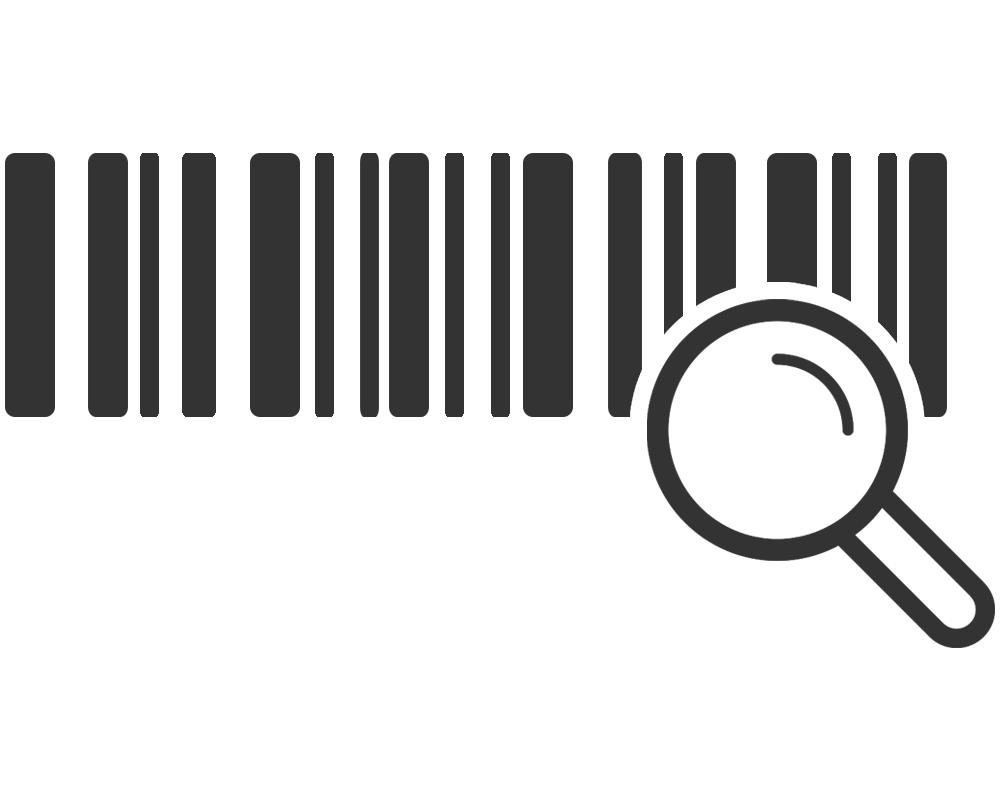
Our VINbarcode API 2.0 provides a powerful and reliable barcode recognition technology designed to help your clients quickly and effortlessly capture a VIN encoded in a barcode.
VIN barcodes are designed for easy scanning and entry, typically embedded on a durable metal plate attached to vehicles. This barcode facilitates faster and easier retrieval of necessary parts and information. By using VIN barcode scanning, you can minimize the risks associated with manual VIN entry. The VINbarcode API ensures both accuracy and efficiency, providing a cost-effective solution that saves time and effort in keeping your clients updated.
Code 39 (Three of Nine). Code 39 is the most used binary code with three wide elements out of a total of nine: five bars and four spaces between them. It was the initial standard for the Department of Defense in 1980. The total number of code words that it can generate is the number of ways three items can be chosen out of nine, or 84. It has code words for the 10 digits, the 26 letters, and eight special characters (hyphen, period, space, *, $, /, +, and %) so that a total of 44 code words are used. The asterisk is used only as the first and the last code word of a symbol. The patterns for both the bars and the spaces have been chosen in such a way that changing a single bit in either of them results in an illegal code word. The code is called self-checking/self-clocking for that reason.
VIN scanning is quite specific task. VIN codes are subset of Code 39 barcodes, but it absolutely doesn’t mean that if some code or library can scan and recognize Code 39 barcode, then it will recognize VIN. VIN code has a strict standard and it should be taken into consideration.
USS Code 39 stands for Uniform Symbology Specification Code 39. It is identical to Code 39.
USS Code 39 is used for vehicle identification. It is based on Code 39 but does not contain start and stop characters. The set of valid characters consists of numbers and upper case letters. The letters "I", "O", and "Q" are not allowed because they could be easily mixed up with the numbers "0", and "1".
VIN Code is implemented differently in North America and Europe. Both kinds are compatible but the North American version is defined more strictly. So the check digit calculation method is only valid for the North American implementation of the code.
Our VINbarcode API works reasonably well on still pictures. It has never been tested on videos.
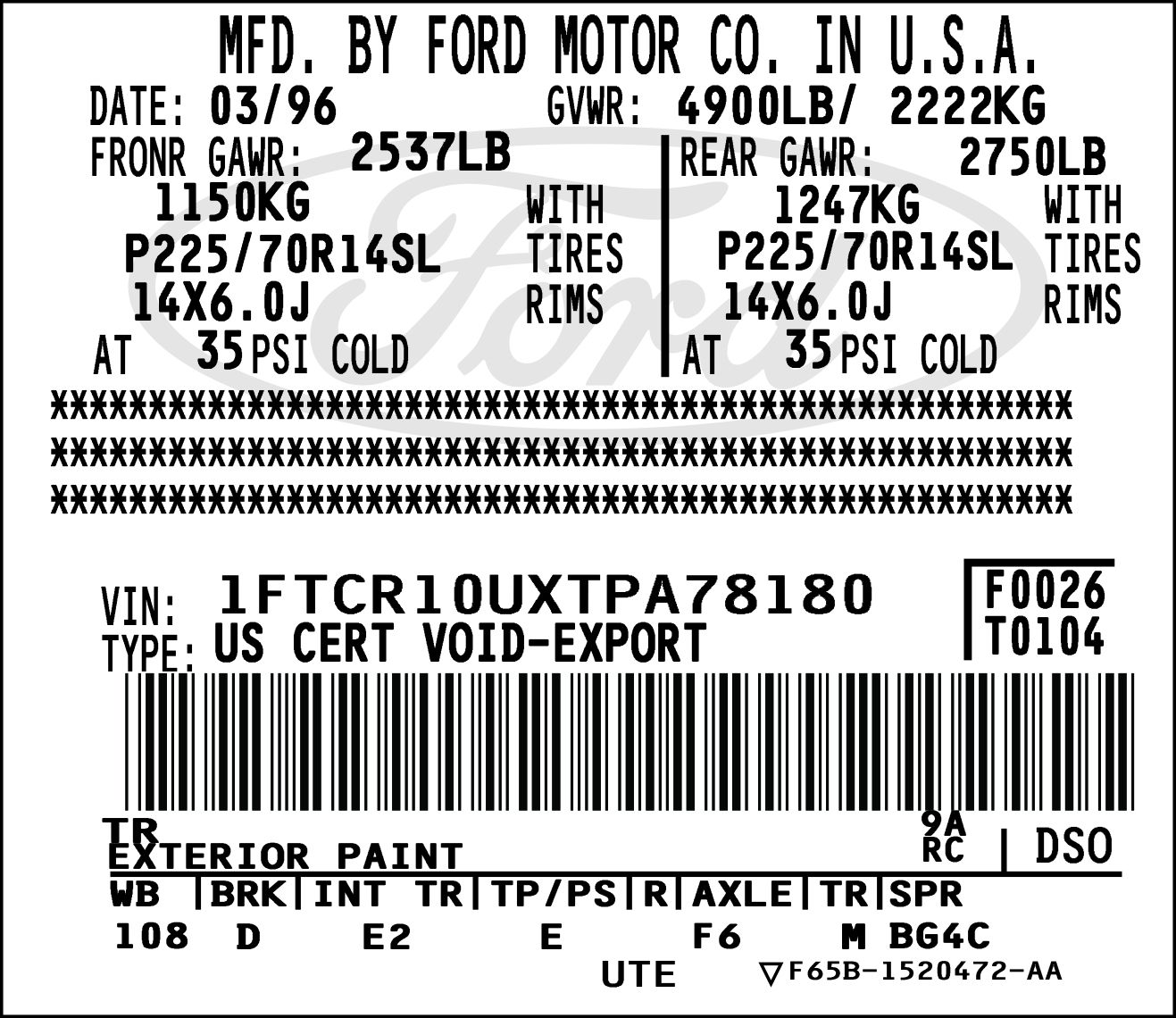
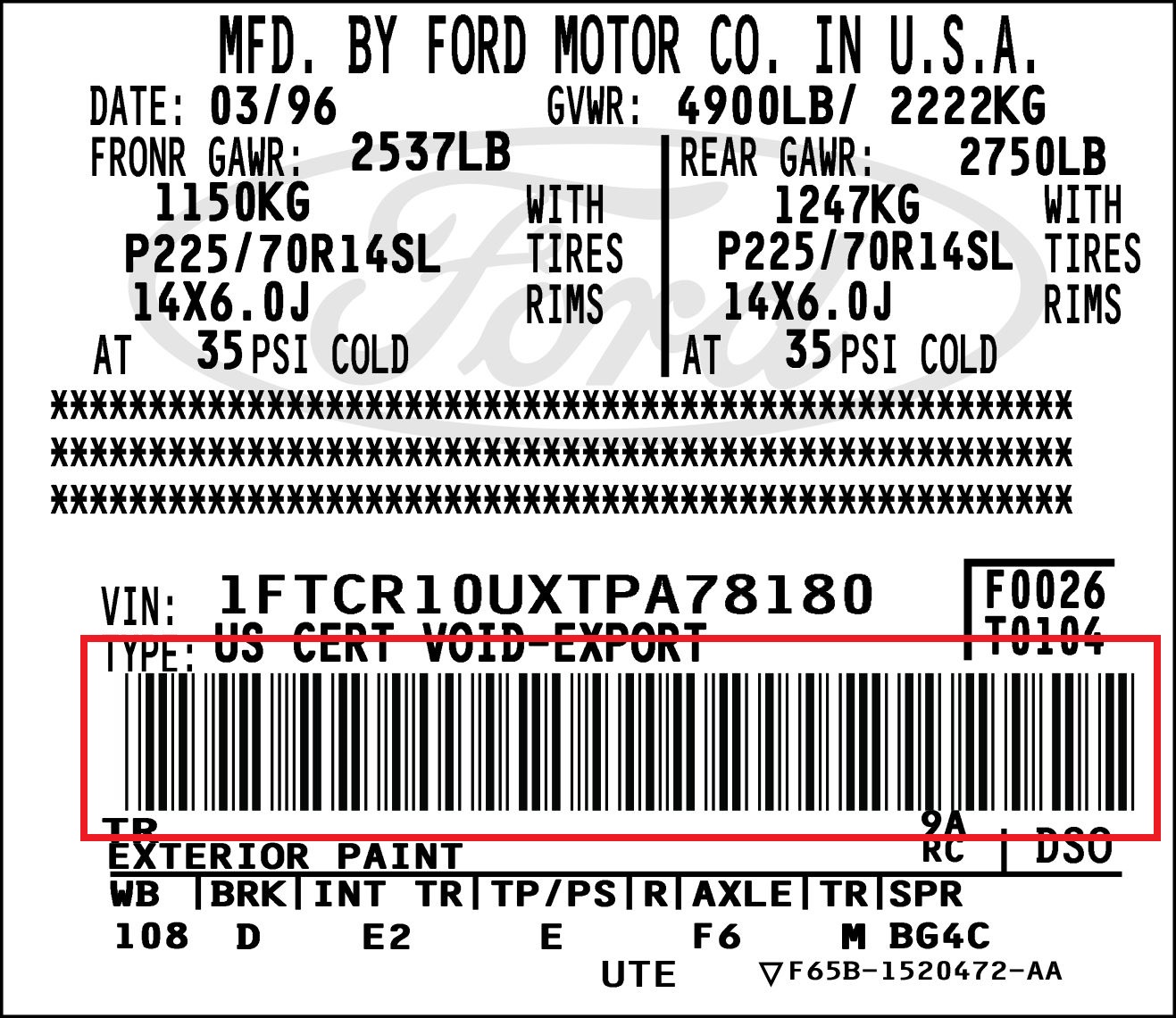
<VINbarcode>
<VIN>1FTCR10UXTPA78180</VIN>
<Left>52</Left>
<Top>681</Top>
<Width>1263</Width>
<Height>296</Height>
</VINbarcode>
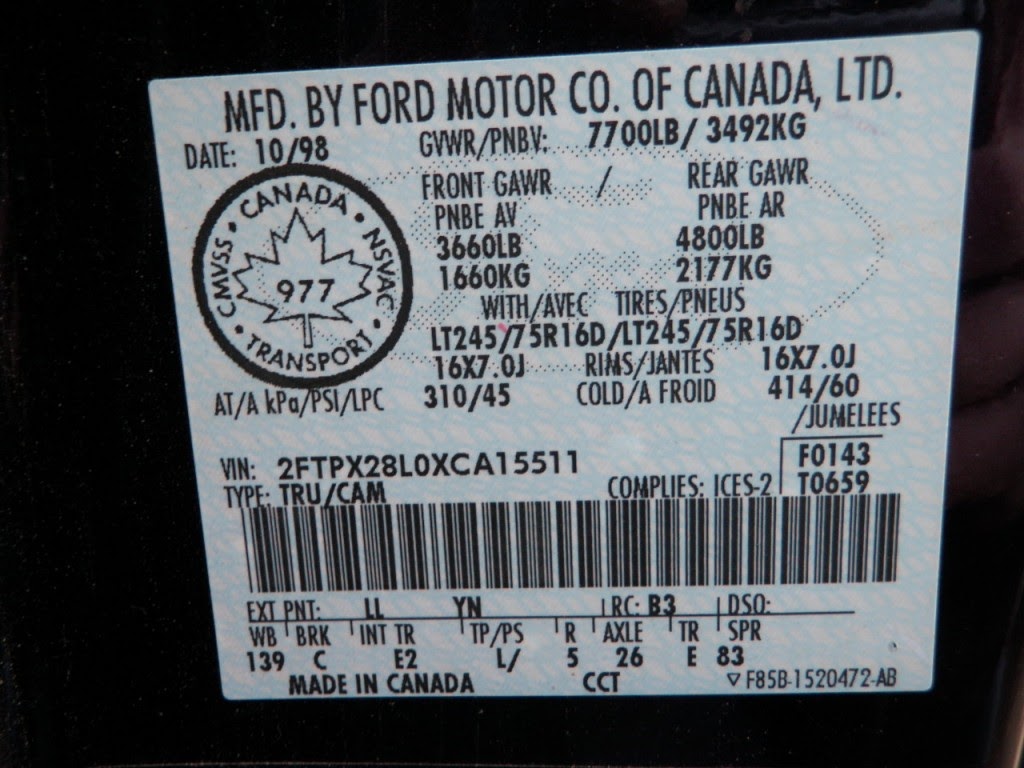
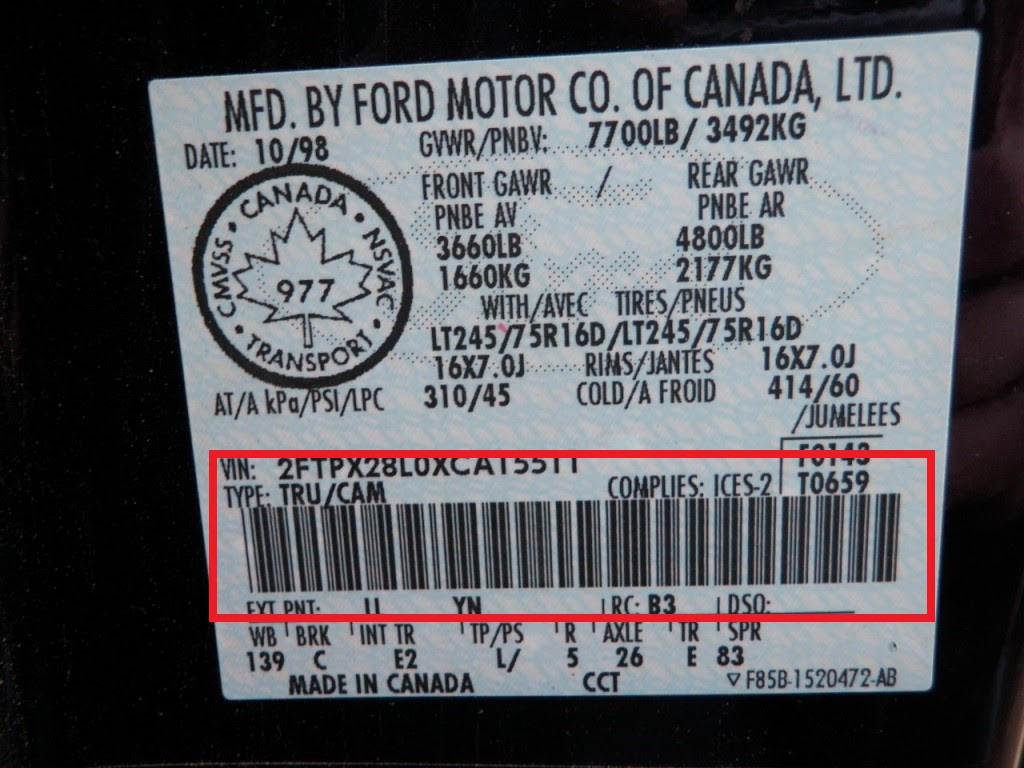
<VINbarcode>
<VIN>2FTPX28L0XCA15511</VIN>
<Left>180</Left>
<Top>442</Top>
<Width>752</Width>
<Height>164</Height>
</VINbarcode>


<VINbarcode>
<VIN>1N6AD0FV9GN702503</VIN>
<Left>15</Left>
<Top>49</Top>
<Width>575</Width>
<Height>28</Height>
</VINbarcode>


<VINbarcode>
<VIN>1N6AD0FV9GN702503</VIN>
<Left>15</Left>
<Top>49</Top>
<Width>575</Width>
<Height>28</Height>
</VINbarcode>
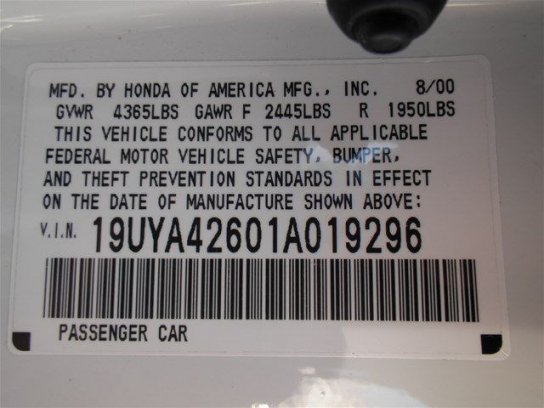
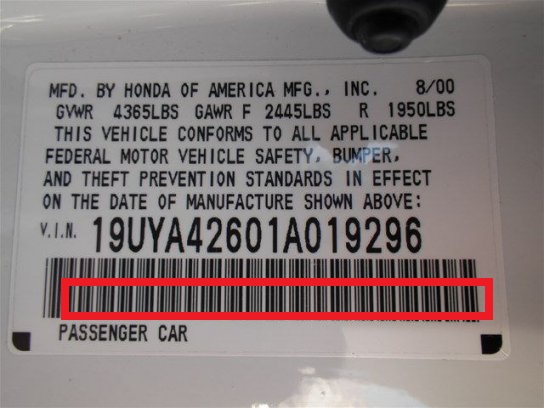
<VINbarcode>
<VIN>19UYA42601A019296</VIN>
<Left>54</Left>
<Top>289</Top>
<Width>445</Width>
<Height>22</Height>
</VINbarcode>